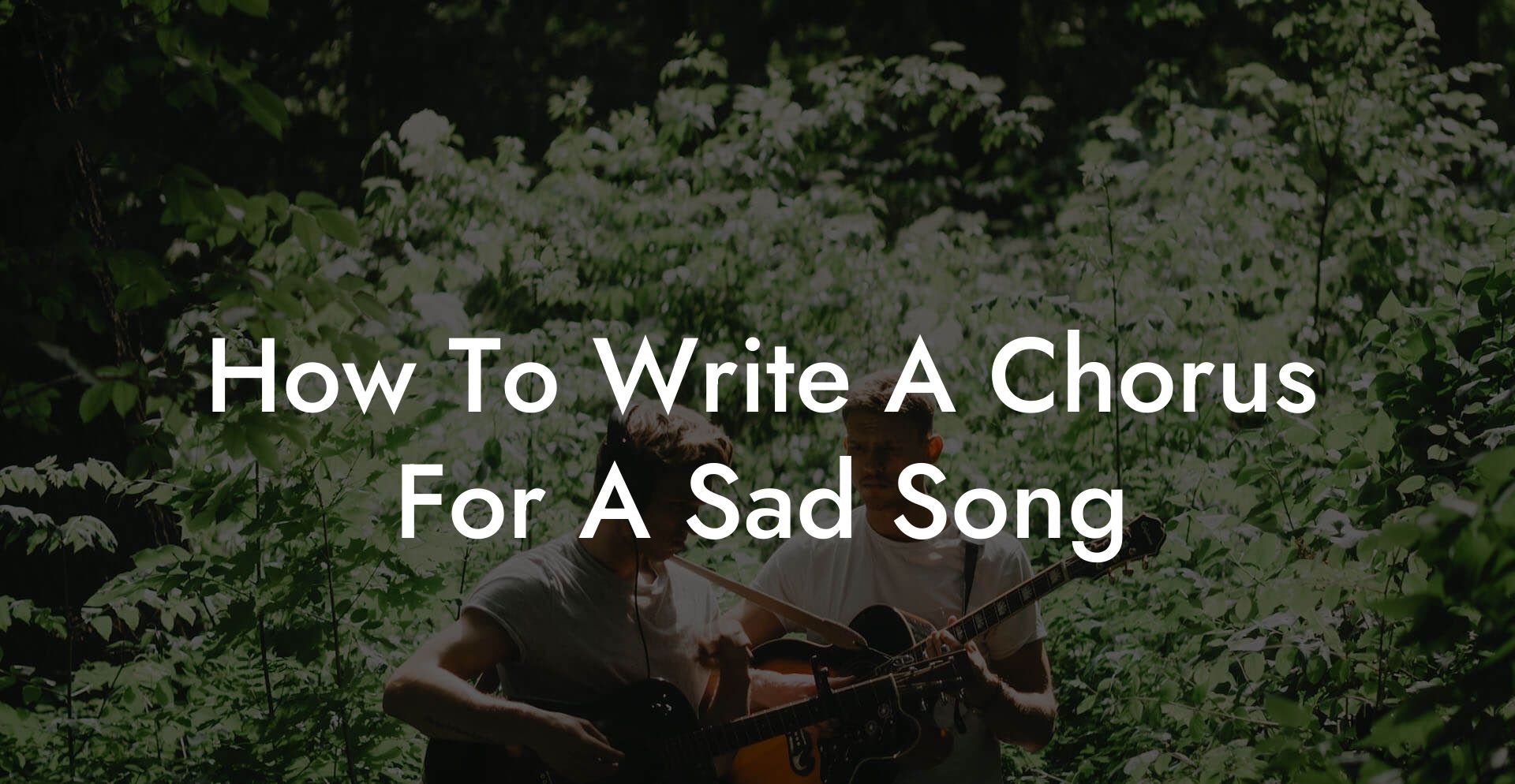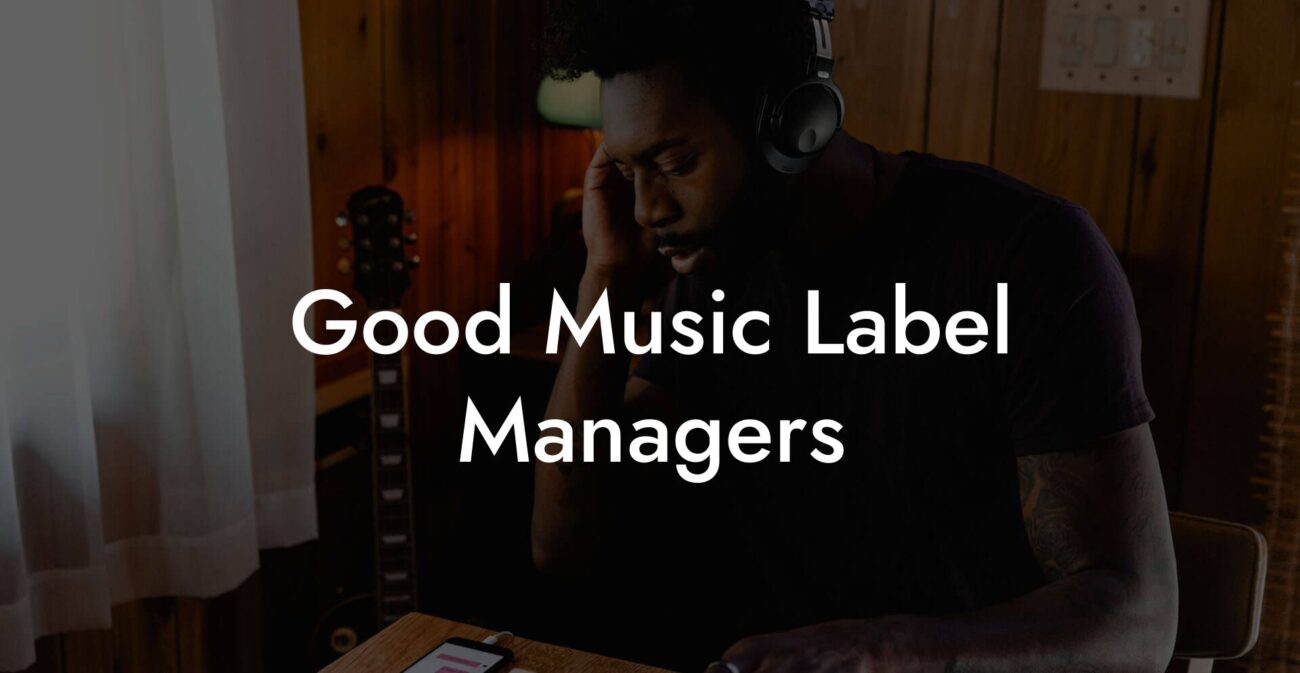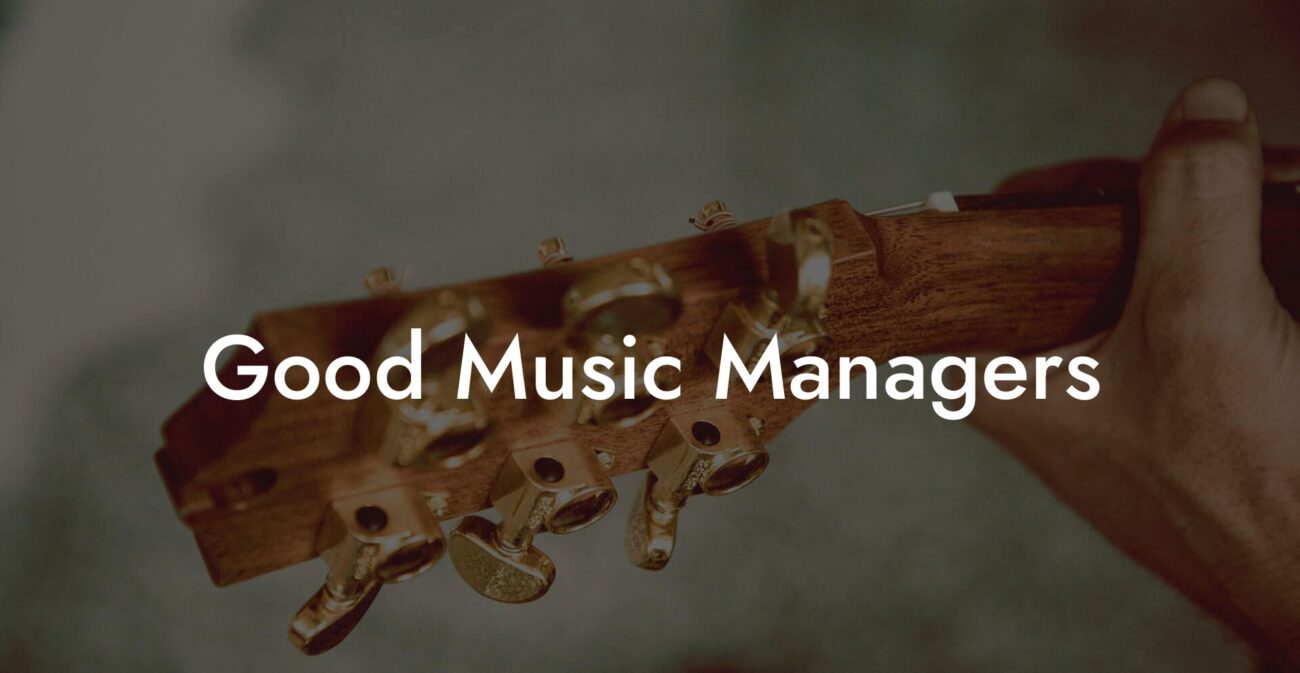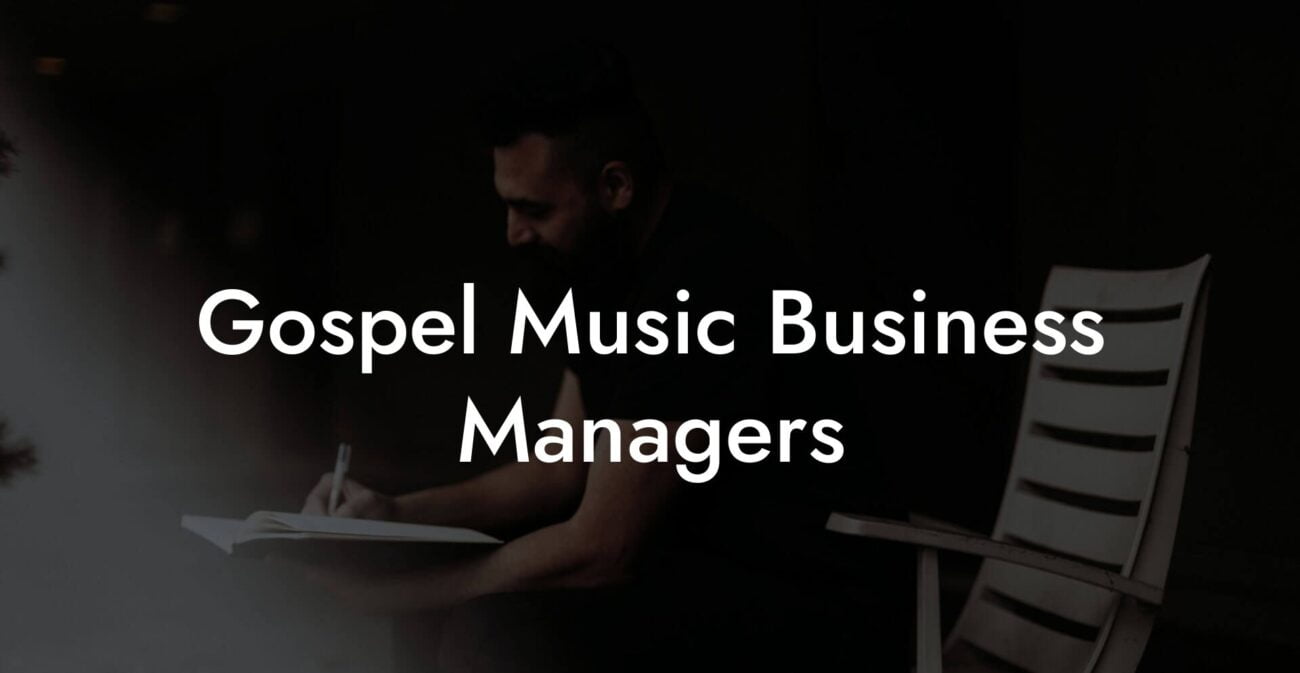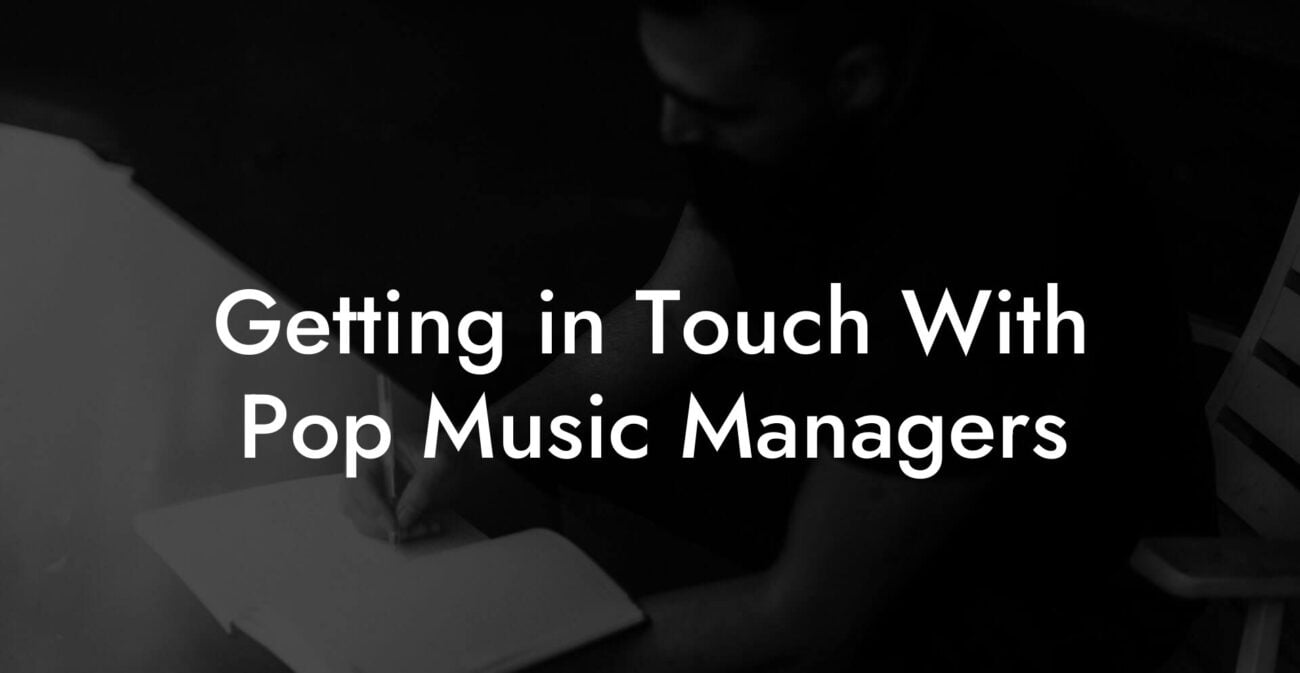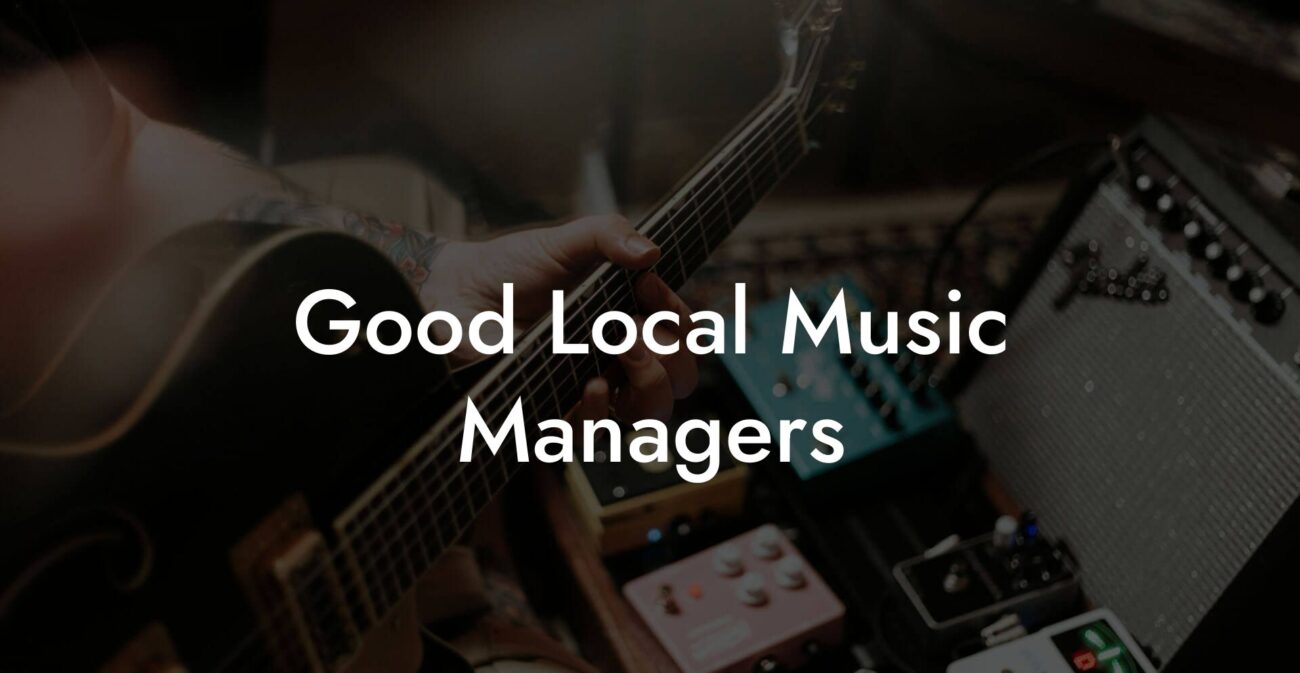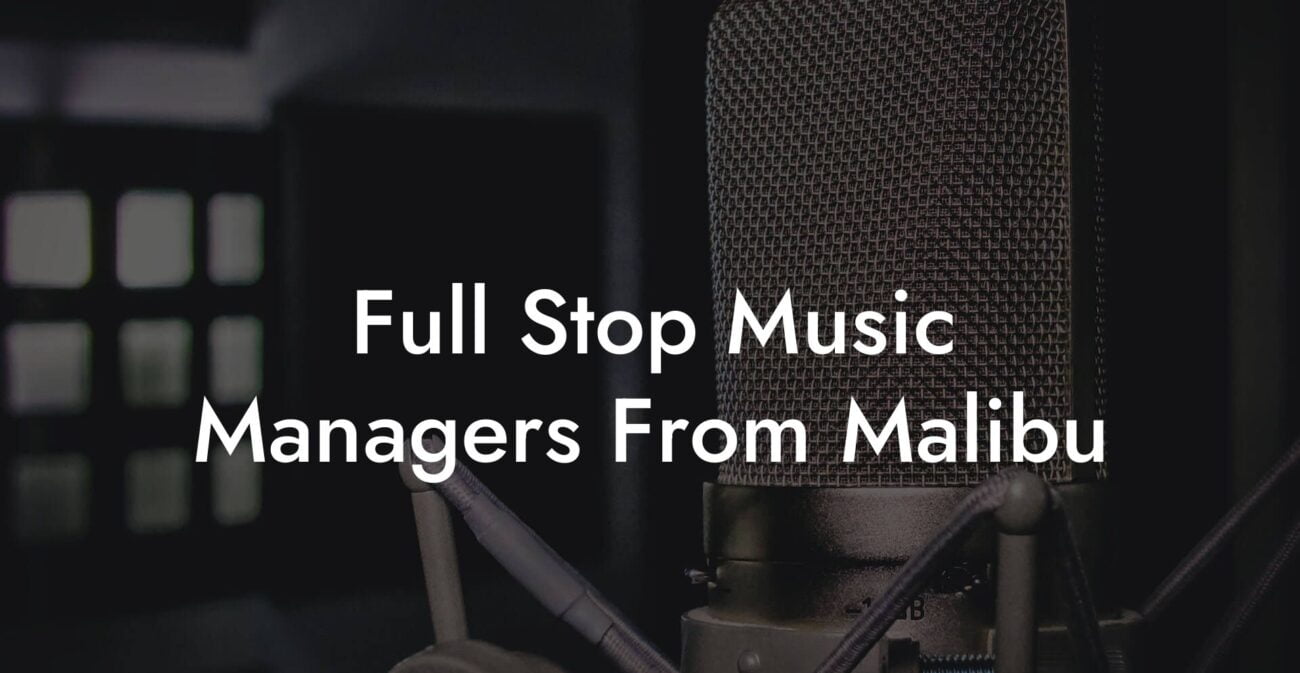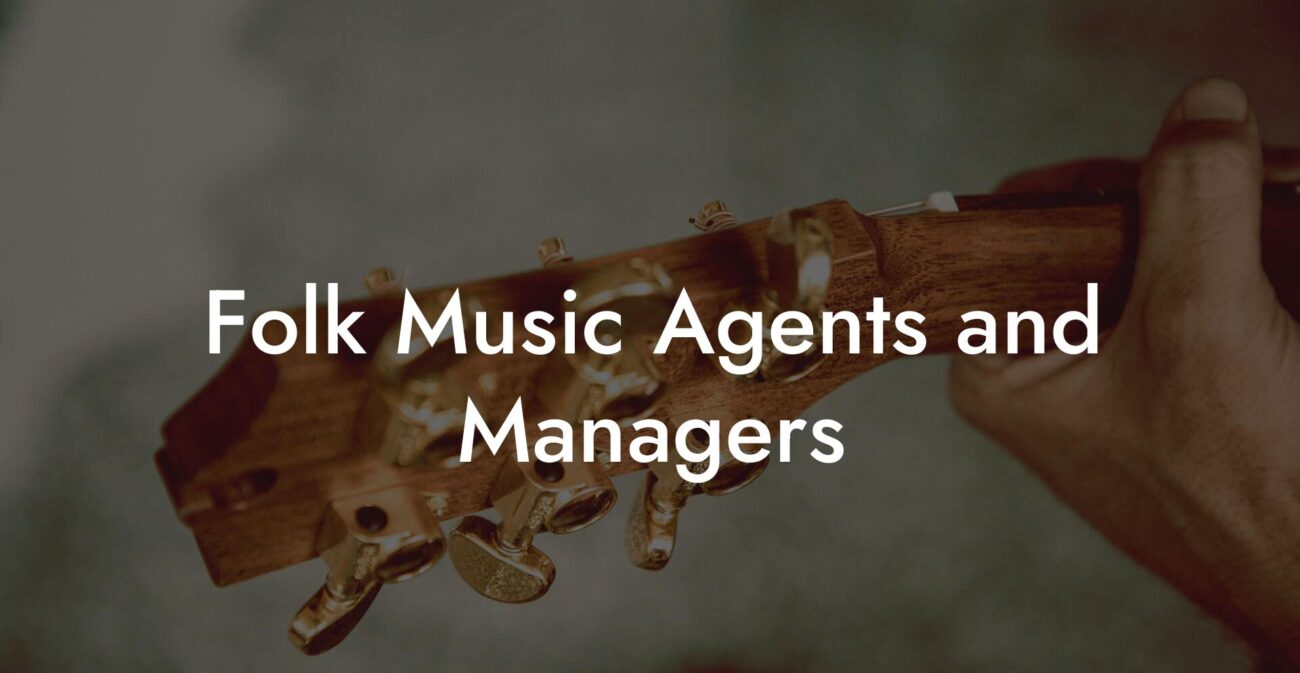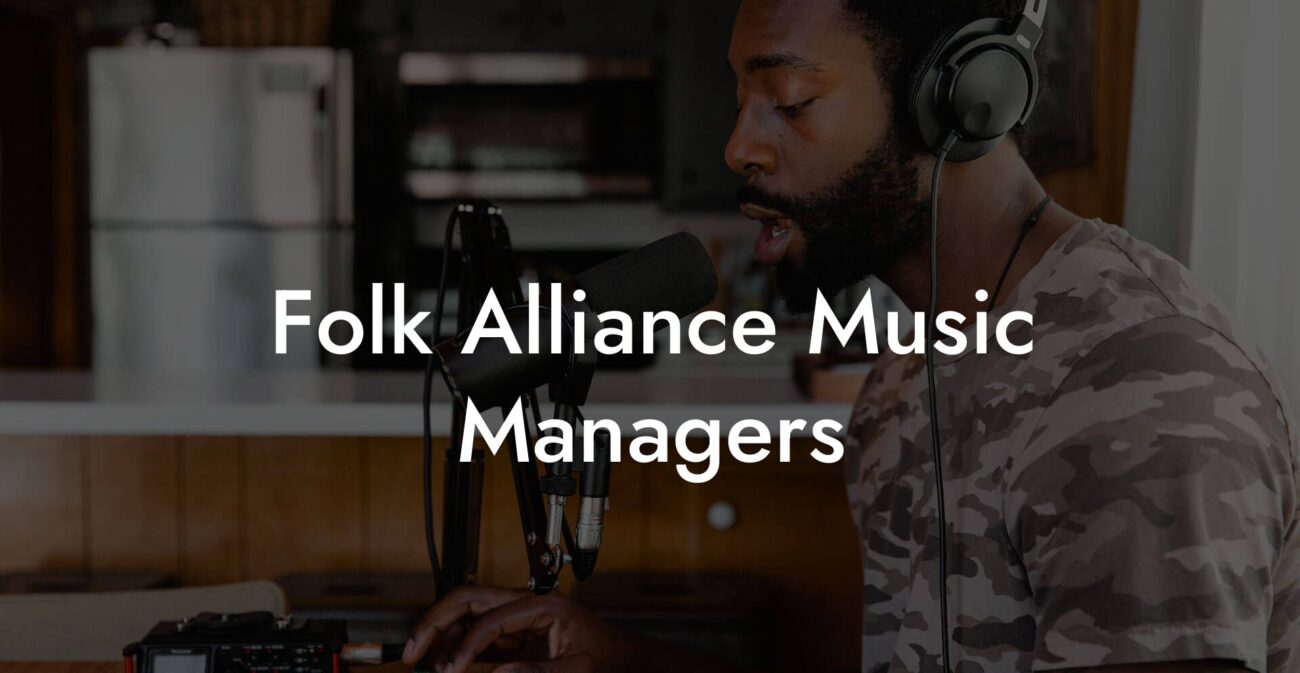Ever tried to bottle up all those heartbreak feels into a catchy, soulful chorus that makes you both cry and vibe? Welcome, fellow lyric slinger, to your ultimate guide on how to write a chorus for a sad song that hits harder than your favorite late-night rom-com. Whether you’re drowning in breakup blues or simply exploring the depths of melancholy, this guide is here to help you craft that unforgettable hook with a blend of wit, wisdom, and a dash of Gen Z sass.
Looking to write your next song? Transform your creative ideas into songs that people will love, and skyrocket your music career with Lyric Assistant. The perfect songwriting assistant. Find out more →
Quick Links to Useful Sections
- Understanding the Emotional Core of a Sad Song Chorus
- The Anatomy of a Sad Chorus: What Makes It Tick?
- Your Step-by-Step Guide to Crafting a Sad Song Chorus
- Step 1: Tune into Your Emotions
- Step 2: Brainstorm and Jot Down Ideas
- Step 3: Find Your Musical Anchor
- Step 4: Write and Refine Your Chorus
- Step 5: Integrate Literary Devices and Imagery
- Step 6: Experiment with Structure and Repetition
- Step 7: Test Your Chorus Out Loud
- Infusing Personal Experience Into Your Sad Chorus
- Tapping into Vulnerability
- Using Vivid Memories to Paint a Picture
- Utilizing Literary Devices and Creative Language
- Metaphors and Similes
- Personification
- Wordplay and Double Entendres
- Finding the Right Musicality for Your Chorus
- Learning from Examples: Dissecting Iconic Sad Choruses
- Example 1: The Anthem of Heartbreak
- Example 2: The Lament of Lost Love
- What Can You Steal (Legally) From These Examples?
- Common Pitfalls to Avoid When Writing Your Sad Chorus
- Resources and Community Support: Your Next Steps
- Troubleshooting Your Creative Process
- Case Studies: How Real Songwriters Mastered the Sad Chorus
- Case Study 1: The Late-Night Epiphany
- Case Study 2: The Collaborative Breakthrough
- Case Study 3: From Personal Diary to Public Anthem
- Bringing It All Together: Your Custom Sad Song Chorus Blueprint
- Integrative Techniques: Merging Emotion, Melody, and Modern Tech
- FAQs: Your Burning Questions on Writing a Sad Chorus Answered
- Your Journey to Crafting the Perfect Sad Chorus Begins Now
Understanding the Emotional Core of a Sad Song Chorus
Before you dive into writing, it’s essential to get intimate with the very soul of your sad song. The chorus is arguably the emotional epicenter of any song—it’s where you encapsulate the raw pain, the bittersweet memories, and the hope that you’re somehow going to mend your broken heart… or at least look cool doing it.
When aiming to write a chorus for a sad song, think of it as the emotional “elevator pitch” of your track. It’s the part that wraps up your feelings into a few lines, making listeners nod, tear up, and inevitably bookmark your lyrics for those midnight feels. Your chorus should be a catchy mantra that invitingly echoes the theme of loss, longing, or regret, while still offering a glimmer of catharsis.
In the vast universe of songwriting, the chorus is your chance to stand out—it’s the place where vulnerability meets melody, and where the abstract concept of sorrow morphs into something tangible and relatable.
The Anatomy of a Sad Chorus: What Makes It Tick?
Crafting a chorus for a sad song is part science, part art, and all heart. Here’s a breakdown of the key elements you need to consider:
Write Lyrics Like a Professional Songwriter
The ultimate songwriting tool that takes your creative vision to the next level! With just a few clicks, you can unleash your inner songwriter and craft a hit that's uniquely yours. Your song. You own it.
- Emotion: Your chorus should immediately evoke an emotional response—whether it’s melancholy, regret, or even a bittersweet nostalgia.
- Repetition: An effective chorus uses repetition to hammer home its message. This isn’t about being redundant; it’s about engraving that mood into your listener’s mind.
- Imagery: Vivid imagery paints the canvas of sadness. Think metaphors that stir up the senses: raindrops on a window, silent echoes in an empty room, or shattered glass reflecting lost dreams.
- Melodic Hook: The musical component. Even if your lyrics are powerfully melancholic, the melody must be compelling enough to resonate, getting stuck in heads long after the song ends.
- Simplicity: Sometimes, less is more. A few simple yet poignant lines can be far more impactful than convoluted verses.
Each of these elements works in tandem to create a chorus that feels raw, relatable, and unmistakably sad. Remember, you’re not trying to win a Pulitzer Prize in poetic expression here; you’re trying to capture an emotion that millions have felt at one time or another.
Your Step-by-Step Guide to Crafting a Sad Song Chorus
Let’s break down the process into manageable steps to help you navigate the bittersweet labyrinth of songwriting:
Step 1: Tune into Your Emotions
Before writing a single word, take a moment—or even a few hours—to immerse yourself in your feelings. Listen to old tracks, scribble down stray thoughts in a journal, or even binge-watch a sad movie (we won’t judge). Get those emotions flowing. When you’re raw and unfiltered, your lyrics become genuine, and authenticity is the secret sauce in songwriting.
Step 2: Brainstorm and Jot Down Ideas
Create a mind map. Start with your central emotion (heartbreak, nostalgia, loss) and branch out into words, phrases, and images that come to mind. Don’t worry about structure yet; this is your free-flow zone. Use tools like Lyric Assistant to break through writer’s block and generate ideas that might spark a killer chorus.
Consider some questions: What memory stings the most? What sound or image instantly transports you back to that emotional moment? The answers will form the backbone of your chorus.
Step 3: Find Your Musical Anchor
Next, consider the melody. Even if you’re primarily a writer and not a musician, humming a tune that feels in sync with your mood can guide your lyrical rhythm. Think about approaches like minor chords and slow tempos that accentuate the feeling of melancholy.
Experiment with different rhythms until you find one that mirrors the beat of your emotional heart. This melody will eventually lock in your chorus’s emotional atmosphere, making your lyrics not just heard but deeply felt.
Step 4: Write and Refine Your Chorus
Now comes the meat of the process. With your brainstorm notes and melody in hand, start drafting your chorus. Aim for a balance between simplicity and depth. Use evocative language that not only states how you feel but paints a picture that listeners can see in their mind’s eye.
Don’t be afraid to iterate. Great choruses rarely appear instantly; they evolve through rewrites, tweaks, and sometimes even complete overhauls. Share your draft with a trusted friend or fellow musician—someone who won’t shy away from honest, constructive criticism.
Step 5: Integrate Literary Devices and Imagery
Enhance your chorus by incorporating metaphors, similes, and personification. Imagine sadness as a slow-falling rain or heartbreak as an abandoned, crumbling building. These devices add layers to your lyrics, inviting listeners to explore the nuances of your chosen emotion.
A tip for Gen Z and millennial lyricists: keep your language conversational yet tantalizingly poetic. You want your audience to see themselves in your words, bridging the gap between your personal sorrow and their own experiences.
Step 6: Experiment with Structure and Repetition
A staple of memorable choruses is their repetitive structure. Experiment with variations: repeat a single, potent line or cycle through a set of lines with slight modifications. The key is to let the chorus etch itself into your listener’s memory.
Try out different phrasing and rhythmic placements. Sometimes, a well-timed pause or a drawn-out syllable can amplify the emotional weight of a phrase.
Step 7: Test Your Chorus Out Loud
Finally, put your draft to the test by singing it aloud. Does it flow naturally? Do the words align perfectly with the melody? If it feels a little off, don’t worry—tweak it until the chorus sounds like a heartfelt confession. This practical step often reveals little changes that can make your chorus shine.
Remember, the goal is not perfection at first; it’s about creating a chorus that conveys your emotion and sets the tone for the entire song.
Infusing Personal Experience Into Your Sad Chorus
One of the most powerful aspects of songwriting is its ability to serve as an emotional diary. Your personal experiences can transform a generic chorus into something deeply intimate and relatable. Whether it’s a recent breakup, an unhealed childhood wound, or the loss of a beloved pet (yes, we feel that too), your memories are a treasure trove of inspiration.
When you write a chorus for a sad song using your own experiences, you give listeners a glimpse into your soul. Here are a few ways to do that:
Tapping into Vulnerability
Vulnerability is your superpower. Being honest about your pain not only humanizes your lyrics—it makes them accessible to anyone who has ever felt lost or alone. Your story might be unique, but trust us, the feeling isn’t.
You don’t have to spell out every detail; sometimes, a few carefully chosen lines can evoke more emotion than an overly explicit narrative. Allow your audience to fill in the gaps with their own experiences.
Using Vivid Memories to Paint a Picture
Describe a moment so vividly that your listener can see it through your eyes. Perhaps it’s the memory of watching rain soak through your favorite hoodie on a cold night, or the echo of a goodbye that still reverberates in your mind. These images, though seemingly simple, can set the stage for a chorus that resonates on a deep, emotional level.
Feel free to lean into sensory details: the smell of wet pavement, the sound of creaking floorboards, or the taste of unsaid words. Each element adds texture to your lyrics, transforming abstract emotions into tangible experiences.
Utilizing Literary Devices and Creative Language
Your sad chorus should not only make people feel but also make them think. Creative language and literary devices can elevate your lyrics from run-of-the-mill to downright unforgettable. Here are some techniques to consider:
Metaphors and Similes
Compare your emotions to something universally understood. For instance, likening sorrow to “a winter that never ends” or comparing regret to “a faded Polaroid of happier times” can create powerful, relatable imagery.
Personification
Give your abstract emotions human-like qualities. Imagine sadness whispering secrets in your ear, or heartbreak painting your world in muted tones. Personification transforms feelings into characters that animate your chorus.
Wordplay and Double Entendres
Clever wordplay can add layers of meaning to your lyrics. A well-placed pun or subtle double entendre not only showcases your creative prowess but also invites your audience to explore multiple interpretations of your words.
Experiment with breaking conventional grammar or rhythm rules. Sometimes, the raw edges of non-traditional phrasing mirror the jagged nature of sorrow, adding another dimension to your chorus.
Finding the Right Musicality for Your Chorus
While the lyrics are your canvas, the music is the frame that holds it all together. The right melody can magnify the emotional impact of your words, making sure your chorus doesn’t just get heard, but deeply felt.
Here are some tips for aligning your musical choices with your sad lyrical theme:
- Chords and Progressions: Experiment with minor chords, which often convey a sense of melancholy. A slow, descending chord progression can mimic the weight of sadness.
- Tempo and Rhythm: A slower tempo gives your words room to breathe. Consider a gentle, pulsating rhythm that mirrors a heartbeat—sometimes slow, sometimes irregular when life gets tough.
- Instrumentation: Instruments like piano, acoustic guitar, or even a lone violin can evoke deep emotional responses. The right instrument can be the missing piece that transforms your chorus from simple lyrics to a full-blown emotional experience.
- Dynamics: Play around with volume and intensity. A soft, almost whispering vocal delivery paired with a sudden crescendo can mimic the unpredictable nature of emotions—one moment subdued, the next overwhelming.
Integrating these musical elements with your chorus ensures that your lyrics aren’t isolated words, but part of a larger emotional tapestry that envelops your listeners completely.
Learning from Examples: Dissecting Iconic Sad Choruses
What better way to master the craft than by breaking down some of the most iconic sad song choruses in recent memory? Let’s take a quick look at what makes these choruses unforgettable:
Example 1: The Anthem of Heartbreak
Remember that gut-wrenching refrain you can’t help but sing along to on a rainy day? That chorus works because it captures the essence of isolation and longing with simple yet potent repetition. The lyrics might be sparse, but every word hits like a punch to the heart—a reminder of what was lost and what can never be regained.
Example 2: The Lament of Lost Love
Another classic example is a chorus that layers soft vocals with haunting harmonies, using imagery that seems to drift like memories in the night. The contrast between the delicate melody and the heavy subject matter creates a paradox that resonates deeply—sometimes, the most painful truths are delivered in whispers.
What Can You Steal (Legally) From These Examples?
Don’t worry—this isn’t about copying. It’s about learning. Observe how these choruses:
- Use repetitive structures to emphasize key emotional moments.
- Rely on simple yet evocative language that allows for multiple interpretations.
- Blend melody and meaning so seamlessly that the music itself becomes a storyteller.
By analyzing these elements, you can incorporate similar strategies in your own songwriting process while adding your unique twist.
Common Pitfalls to Avoid When Writing Your Sad Chorus
Even the most seasoned musicians can stumble when trying to encapsulate poignant emotions in a chorus. Here are some common challenges to watch out for:
- Overcomplicating the Lyrics: Remember, simplicity often speaks louder than overly complex verse. Don’t overburden your chorus with unnecessary flourishes—let the raw emotion shine through.
- Being Too Generic: While sadness is universal, generic phrases like “I’m so lonely” or “I can’t breathe” can come off as clichés if not given a personal twist. Infuse your own experiences and unique imagery to make them stand out.
- Inconsistent Tone: Ensure that your chorus matches the overall mood of your song. A jarring shift—from deeply melancholic verses to an overly upbeat chorus—can confuse your listener. Stick to a consistent tone that reinforces your song’s narrative.
- Neglecting the Melody: All the profound lyrics in the world can fall flat without a compelling melody. Invest as much time in experimenting with musical composition as you do in refining your words.
- Overuse of Clichés: Avoid predictable phrases and tired metaphors. Aim for originality and authenticity—even if it means breaking a few songwriting “rules.”
Overcoming these pitfalls will help ensure your chorus is as impactful as it is beautifully melancholic.
Resources and Community Support: Your Next Steps
Now that you’ve got the lowdown on how to write a chorus for a sad song, it’s time to dive deeper and keep honing your craft. Here are some resources and community tips to guide you on your journey:
- Online Lyric Writing Workshops: Platforms like Lyric Assistant offer interactive tools and community feedback. Join forums and attend virtual meetups where songwriters share their journeys and offer advice on tackling writer’s block.
- Music Production Software: Familiarize yourself with DAWs (digital audio workstations) like Ableton Live, FL Studio, or GarageBand. Experiment with different chord progressions and vocal effects until your chorus feels just right.
- Songwriting Podcasts and Blogs: Tune into series and read blogs dedicated to songwriting. Learn from artists who share their triumphs and failures—it’s like having a backstage pass to the creative process.
- Local Open Mic Nights: Nothing beats real-world feedback. Perform your work in progress at open mic nights and connect with fellow musicians who can offer honest critiques and encouragement.
- Master Classes: Look for workshops hosted by accomplished songwriters. These classes often cover everything from lyrical structure to vocal delivery, providing insights that you can adapt into your own process.
- Social Media Groups: Platforms like Twitter, Instagram, and Facebook have vibrant communities devoted to lyric writing and songwriting. Engage with hashtags like #SongwritingTips, #SadSongChorus, and #Lyricwriting to find inspiration and connect with peers.
As you immerse yourself in these communities and resources, remember that every songwriter’s path is unique. What works for one might not work for another—so experiment, embrace failures, and celebrate even the smallest breakthroughs.
The world of songwriting is as vast and varied as the emotions you seek to express. With tools like Lyric Assistant at your fingertips, you have the power to transform those heady emotions into lyrics that resonate with listeners on a deeply personal level.
Troubleshooting Your Creative Process
Even with all the right tools and techniques, every songwriter hits a creative block sometimes—those moments when your mind feels as empty as your favorite coffee mug after a long night of studies. Here are some proven strategies to overcome creative hurdles and channel your pain into powerful lyrics:
- Change Your Environment: Step away from your usual writing space and find a new backdrop. A quiet park, a bustling coffee shop, or even a dimly lit room can spark unexpected ideas.
- Collaborate: Sometimes two (or more) heads are better than one. Team up with a friend or fellow musician for a spontaneous jam session. Sharing ideas can reignite your creative spark.
- Set a Timer: Challenge yourself to write continuously for a set period—say, 10 minutes—without self-editing. The pressure of a ticking clock might just force that elusive inspiration to surface.
- Use Writing Prompts: When the creative well runs dry, prompts can be a lifeline. Ask yourself, “What if this heartbreak had a soundtrack?” or “How would I describe this pain if it were a character in a movie?”
- Take a Break: Sometimes, the best way to find your flow is to step away completely. Go for a walk, listen to your favorite sad tunes, and let your mind wander. Your next great line might just greet you when you least expect it.
Remember, creative flow isn’t a constant stream—it’s more like a rollercoaster with unexpected loops and sudden drops. Embrace the ups and downs, and let every block become a stepping stone toward your next breakthrough.
Case Studies: How Real Songwriters Mastered the Sad Chorus
Let’s get real for a moment. Many hit songs that have become anthems of heartbreak and resilience started with a chorus that could turn pain into art. Here are a few case studies to illustrate how artists have navigated the process:
Case Study 1: The Late-Night Epiphany
Imagine a songwriter huddled in their bedroom at 2 a.m., reeling from a messy breakup. With the city lights twinkling in the background and their favorite sad song playing on repeat, an epiphany strikes. They scribble down a few raw, hurtful lines and, after several rewrites, craft a chorus that captures the despair yet latent hope of new beginnings. The result? A viral hit that resonates with everyone who’s ever felt lost in the dark.
Case Study 2: The Collaborative Breakthrough
In another scenario, an up-and-coming lyricist teams up with a seasoned musician after a particularly tumultuous week. Together, they dissect each painful emotion and merge their creative energies. By exchanging ideas and revising lines on the fly, they produce a chorus that’s both hauntingly melancholic and surprisingly optimistic—the perfect contradiction that makes a sad chorus unforgettable.
Case Study 3: From Personal Diary to Public Anthem
One singer-songwriter transformed their private letters and journal entries about lost love into a chorus that felt genuine and accessible. Their willingness to bare their soul on paper turned their personal pain into an anthem that echoed through the lives of millions. The chorus became their signature, a reminder that sometimes your darkest moments can lead to your brightest breakthroughs.
These case studies underscore a powerful truth: authenticity is the heartbeat of a compelling chorus. When your words are rooted in genuine emotion, your music naturally becomes a beacon for those navigating similar journeys.
Bringing It All Together: Your Custom Sad Song Chorus Blueprint
Now that you’ve absorbed the theory, the creative hacks, and the real-life inspirations, it’s time to build your very own chorus blueprint. Here’s a simple, customizable framework to get those creative gears grinding:
- Define the Core Emotion: What specific feeling do you want your chorus to evoke? Is it the sting of a broken heart or the quiet resignation of unfulfilled dreams?
- Brainstorm Key Imagery: List out three to five images that symbolize your emotion (e.g., rain-soaked windows, fading photographs, shattered mirrors).
- Create a Catchy Repetition: Choose a line or phrase that embodies your emotion and repeat it with slight variations. This could be a simple yet stirring sentence that becomes the refrain.
- Match with a Melodic Motif: Hum or play a melody that fits the mood. Experiment with minor chords or a slow tempo—whatever feels like the perfect sonic mirror to your lyrics.
- Refine and Iterate: Sing your draft chorus out loud, tweak the words, and adjust the melody until everything clicks spiritually and sonically.
This blueprint is your secret recipe—a starting point from which you can experiment, adapt, and ultimately create a chorus that carries your soul’s fingerprint. The journey from raw emotion to finely tuned lyrics is as rewarding as it is cathartic. So, grab that notebook, fire up Lyric Assistant, and let the magic happen!
Integrative Techniques: Merging Emotion, Melody, and Modern Tech
We live in a time when technology and raw emotion walk hand in hand. As a modern songwriter, why not leverage cutting-edge tools alongside your timeless creative instincts? Platforms like Lyric Assistant help you organize your thoughts, generate fresh ideas, and refine your chorus with ease. Whether you’re stuck on phrasing or need inspiration for that perfect metaphor, integrating digital tools into your creative process can lead to breakthroughs that feel almost serendipitous.
Embrace modern technology as a creative collaborator—one that is as intuitive as it is innovative. It’s not about replacing your passion and personal flair; it’s about amplifying your unique voice through the wonders of digital ingenuity.
FAQs: Your Burning Questions on Writing a Sad Chorus Answered
Here are some frequently asked questions to help you navigate the intricate art of writing a chorus for a sad song:
1. How do I know if my chorus is emotionally effective?
If your chorus evokes a visceral reaction even after multiple listens—bringing tears, nods, or a deep sense of familiarity—chances are you’ve nailed it!
2. Can I use abstract imagery without losing the listener?
Absolutely! Just balance abstract concepts with clear, relatable images. Your audience should feel the emotion even if they don’t completely understand every metaphor.
3. Is there a specific chord progression that works best for sad songs?
Minor chord progressions often work wonders for evoking melancholy. Experiment with variations until you find one that perfectly mirrors the mood of your lyrics.
4. How many times should I repeat a line for optimal effect?
There’s no one-size-fits-all answer. It all depends on the emotional weight of your words. Start with a single repeat and adjust based on feedback from your own ears (and preferably those of a friend or two).
5. What if I struggle with writer’s block when writing sad lyrics?
Take a break, change your environment, or even immerse yourself in other forms of art. Sometimes a fresh perspective or a short walk can kickstart your creative engine.
6. How can technology like Lyric Assistant improve my songwriting?
Tools like Lyric Assistant help generate ideas, organize your thoughts, and refine your lyrics with ease—making it a helpful companion in your creative journey.
7. Can I blend humor into a sad chorus without undermining its emotion?
Absolutely. A sprinkle of humor can add authenticity and relatability, as long as it doesn’t detract from the overall emotional tone. Think of it as a wink that acknowledges the absurdity of heartbreak.
8. How do I balance vulnerability with mystery in my lyrics?
Reveal enough to make your chorus relatable, but leave some questions unanswered. This balance invites listeners to reflect on their own experiences while maintaining an air of intrigue.
9. Should my chorus be written in first person?
Writing in the first person can create a powerful connection, as it feels like you’re sharing a personal confession with your audience. However, don’t shy away from experimenting with other perspectives if it better suits your narrative style.
10. How do I decide on the final structure of my chorus?
Test it out loud with your melody. If it flows naturally and resonates with your emotions, you’re on the right track. Adjust as necessary until it feels perfectly balanced.
Your Journey to Crafting the Perfect Sad Chorus Begins Now
Writing a chorus for a sad song isn’t just about putting words to music—it’s about channeling your inner storms, your hidden heartbreaks, and your unspoken stories into a melody that resonates beyond the confines of the ordinary. Each step you take, from tapping into personal memories to experimenting fearlessly with your musical arrangement, adds another layer to your masterpiece.
As you embark on this creative journey, keep in mind that every emotional scar, every tear, and every whisper of nostalgia can be transformed into something beautiful. Your chorus is the beacon that guides listeners through the dark and intricate pathways of your story. It is both a confession and a celebration of the complexities of the human experience.
Whether you’re a seasoned songwriter or a curious newcomer ready to explore the depths of lyric writing, every word you pen carries the potential to touch hearts and change minds. So grab that mic, fire up Lyric Assistant, and start crafting a chorus that’s as unforgettable as your own story.
Remember, your journey to creating a poignant, haunting, and ultimately cathartic sad song chorus is uniquely yours. Embrace both the struggle and the beauty of the process, and let your words soar free—like the delicate notes of a lullaby in the quiet of the night.
Write Lyrics Like a Professional Songwriter
The ultimate songwriting tool that takes your creative vision to the next level! With just a few clicks, you can unleash your inner songwriter and craft a hit that's uniquely yours. Your song. You own it.

